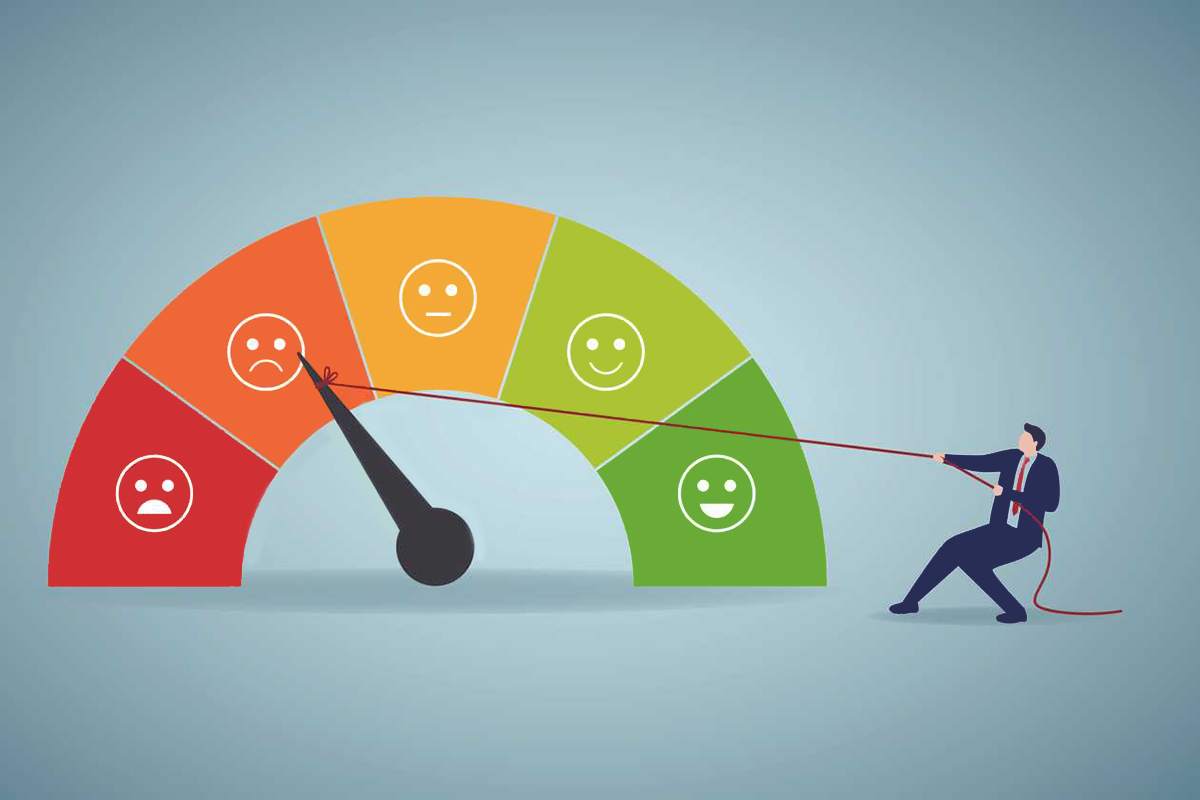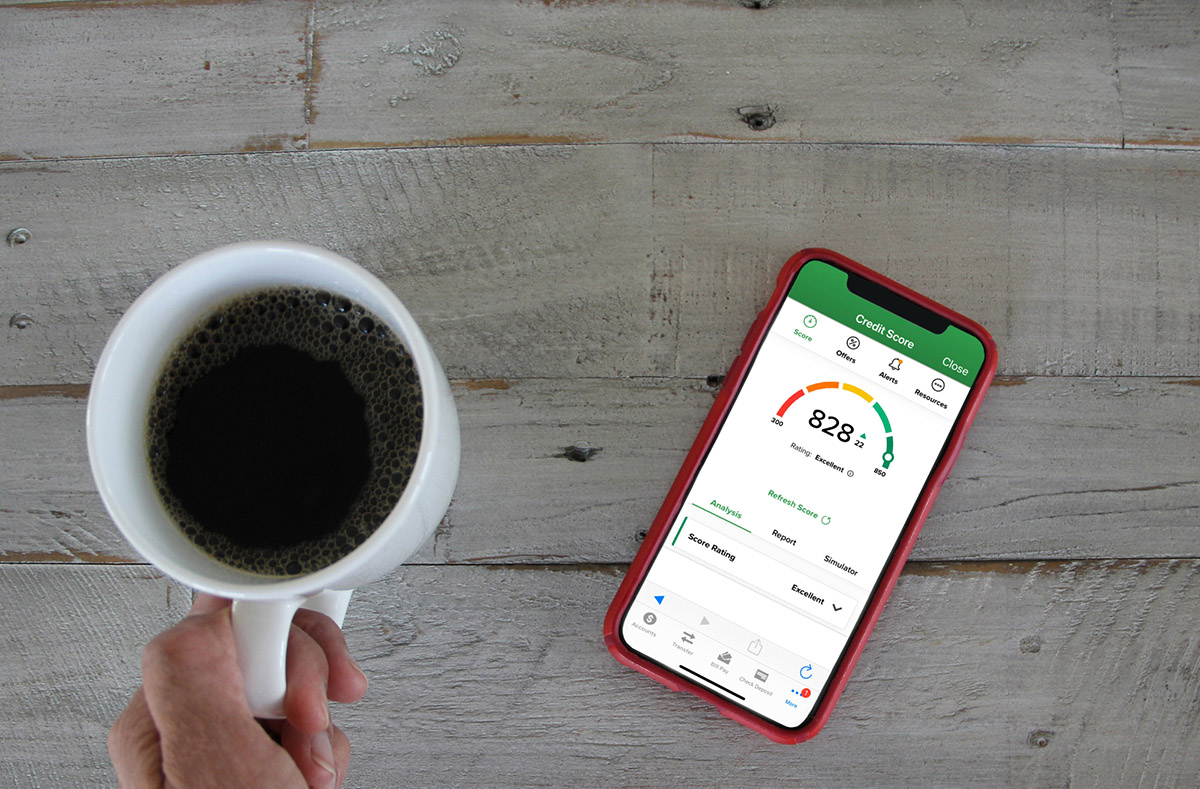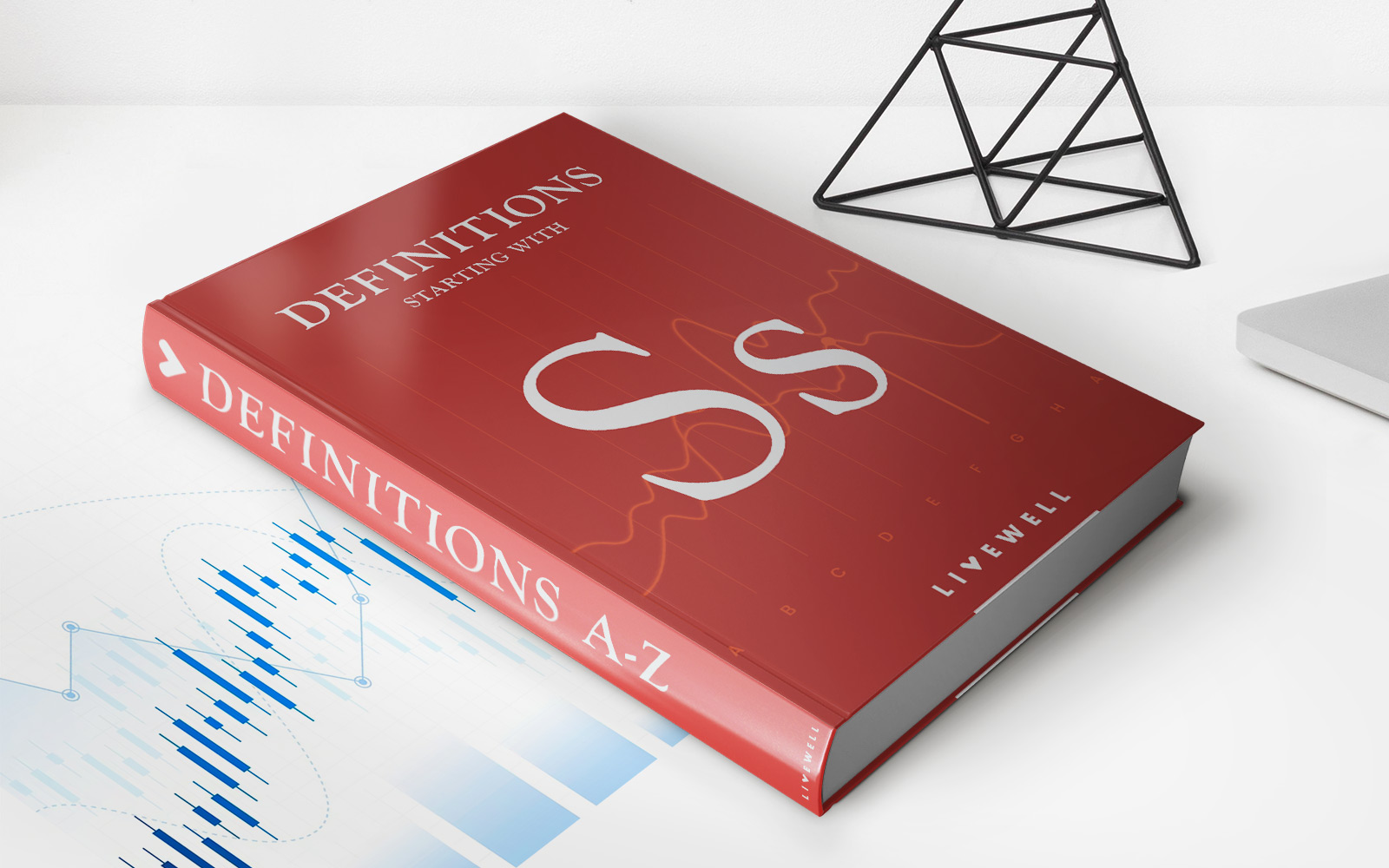

Finance
How To Prevent High Credit Utilization
Published: March 6, 2024
Learn how to prevent high credit utilization and manage your finances effectively. Discover tips to maintain a healthy credit utilization ratio and improve your financial well-being.
(Many of the links in this article redirect to a specific reviewed product. Your purchase of these products through affiliate links helps to generate commission for LiveWell, at no extra cost. Learn more)
Table of Contents
Introduction
Welcome to the world of personal finance, where managing your credit responsibly is a crucial aspect of maintaining a healthy financial profile. One of the key factors that significantly impacts your credit score is credit utilization. Understanding and effectively managing your credit utilization can make a substantial difference in your overall financial well-being.
High credit utilization occurs when you use a large portion of your available credit, signaling potential financial strain to lenders and credit bureaus. This can negatively impact your credit score and, in turn, affect your ability to secure favorable terms for loans, credit cards, or mortgages.
However, by implementing strategic financial habits and leveraging the right tools, you can prevent high credit utilization and safeguard your credit score. In this article, we will explore the concept of credit utilization, delve into actionable tips for preventing its adverse effects, and discuss the importance of monitoring and managing your credit utilization. By the end, you will be equipped with the knowledge and strategies to navigate the realm of credit utilization with confidence and prudence.
Understanding Credit Utilization
Credit utilization, often referred to as the credit utilization ratio, is a fundamental metric that reflects the proportion of your available credit that you are currently using. It is calculated by dividing your total credit card balances by your total credit limits and is typically expressed as a percentage. For example, if you have a total credit limit of $10,000 and your current credit card balances amount to $3,000, your credit utilization ratio would be 30%.
Lenders and credit bureaus consider credit utilization to be a critical indicator of financial responsibility. A lower credit utilization ratio is generally associated with responsible credit management and can positively impact your credit score. On the other hand, a high credit utilization ratio can raise red flags and potentially lower your credit score.
It’s important to note that credit utilization applies not only to individual credit cards but also to the collective utilization across all of your revolving credit accounts, including credit cards and lines of credit. Therefore, managing your overall credit utilization is essential for maintaining a healthy credit profile.
Understanding the impact of credit utilization on your credit score is pivotal. As you navigate the realm of personal finance, being mindful of how your credit utilization ratio influences your financial standing will empower you to make informed decisions and take proactive steps to mitigate potential risks.
Tips for Preventing High Credit Utilization
Preventing high credit utilization involves adopting prudent financial habits and leveraging effective strategies to manage your available credit responsibly. Here are actionable tips to help you maintain a healthy credit utilization ratio:
- Regularly Monitor Your Credit Balances: Stay vigilant about your credit card balances and aim to keep them well below your credit limits. Regularly reviewing your balances can help you identify any potential issues early on and take corrective measures.
- Set Up Balance Alerts: Many credit card issuers offer balance alert notifications, allowing you to receive timely updates when your balances approach certain thresholds. Utilize these alerts to stay informed and make adjustments as needed to prevent high credit utilization.
- Strategically Manage Your Spending: Be mindful of your spending patterns and strive to use credit responsibly. Avoid maxing out your credit cards and aim to maintain a comfortable buffer between your balances and credit limits.
- Consider Increasing Your Credit Limit: If feasible and prudent, requesting a credit limit increase can effectively lower your credit utilization ratio, provided that you maintain the same level of spending. However, exercise caution to avoid the temptation of excessive spending with a higher credit limit.
- Utilize Multiple Credit Cards Wisely: If you have multiple credit cards, distributing your expenses across these cards can help keep individual credit utilization ratios lower. This approach can contribute to a healthier overall credit utilization ratio.
- Pay Off Balances Multiple Times a Month: Making multiple payments throughout the month can help keep your credit card balances in check, especially if you tend to use your credit cards frequently. This proactive approach can prevent balances from creeping up and impacting your credit utilization ratio adversely.
- Avoid Closing Unused Credit Accounts: While it may be tempting to close credit accounts that you no longer use, doing so can decrease your total available credit and potentially lead to a higher credit utilization ratio. Consider keeping these accounts open to maintain a favorable credit utilization ratio.
By incorporating these proactive measures into your financial management routine, you can effectively prevent high credit utilization and maintain a healthy credit profile.
Monitoring and Managing Your Credit Utilization
Effectively monitoring and managing your credit utilization is essential for maintaining a strong financial foundation. By implementing the following practices, you can proactively oversee and optimize your credit utilization:
- Regularly Check Your Credit Reports: Obtain and review your credit reports from the major credit bureaus, such as Equifax, Experian, and TransUnion. Ensure that the reported credit limits and balances are accurate, and address any discrepancies promptly to prevent potential impacts on your credit utilization ratio.
- Utilize Credit Monitoring Services: Consider enrolling in credit monitoring services that provide regular updates on changes to your credit reports and scores. These services can offer valuable insights into your credit utilization trends and alert you to any significant fluctuations that may require attention.
- Strategically Time Your Credit Card Payments: Aim to schedule your credit card payments strategically, ideally before the closing date of your billing cycle. By doing so, you can ensure that the reported balances reflect the amounts you intend, thereby positively influencing your credit utilization ratio.
- Review and Adjust Your Budget as Needed: Regularly assess your budget and spending habits to align them with your financial goals. By maintaining a balanced approach to spending and saving, you can effectively manage your credit utilization and prevent it from exceeding optimal levels.
- Stay Informed About Credit Limit Changes: Be attentive to any changes in your credit limits, whether due to credit limit increases or decreases. Understanding these adjustments is crucial for accurately gauging your credit utilization and making informed financial decisions.
- Seek Professional Financial Guidance: If you encounter challenges in managing your credit utilization or overall financial well-being, consider consulting with a financial advisor or credit counselor. Their expertise can provide valuable insights and personalized strategies to help you navigate credit utilization and related financial matters.
By actively monitoring your credit utilization and implementing effective management techniques, you can maintain control over this critical aspect of your financial health and work toward achieving your long-term financial objectives.
Conclusion
Credit utilization plays a pivotal role in shaping your credit score and overall financial stability. By comprehending the impact of credit utilization and implementing proactive measures to prevent high utilization, you can safeguard your creditworthiness and pave the way for favorable financial opportunities.
Understanding the factors that contribute to credit utilization, such as credit card balances and available credit limits, empowers you to make informed decisions and exercise prudent financial management. By monitoring your credit utilization closely and leveraging strategic approaches, you can maintain a healthy credit utilization ratio and bolster your financial well-being.
Remember, responsible credit utilization extends beyond mere numbers on a credit report. It reflects your financial discipline, foresight, and commitment to maintaining a sound financial standing. By incorporating the tips and strategies outlined in this article, you can navigate the complexities of credit utilization with confidence and resilience.
Ultimately, the journey toward preventing high credit utilization is a continuous process that demands vigilance, adaptability, and a commitment to sound financial practices. By embracing these principles, you can fortify your financial foundation and position yourself for greater financial freedom and security.
As you embark on this journey, keep in mind that your credit utilization ratio is a reflection of your financial responsibility and prudence. By managing it effectively, you not only enhance your creditworthiness but also cultivate a mindset of financial mindfulness that can positively influence every aspect of your financial life.
With a clear understanding of credit utilization and a proactive approach to its management, you are well-equipped to navigate the dynamic landscape of personal finance and chart a course toward sustained financial well-being.














